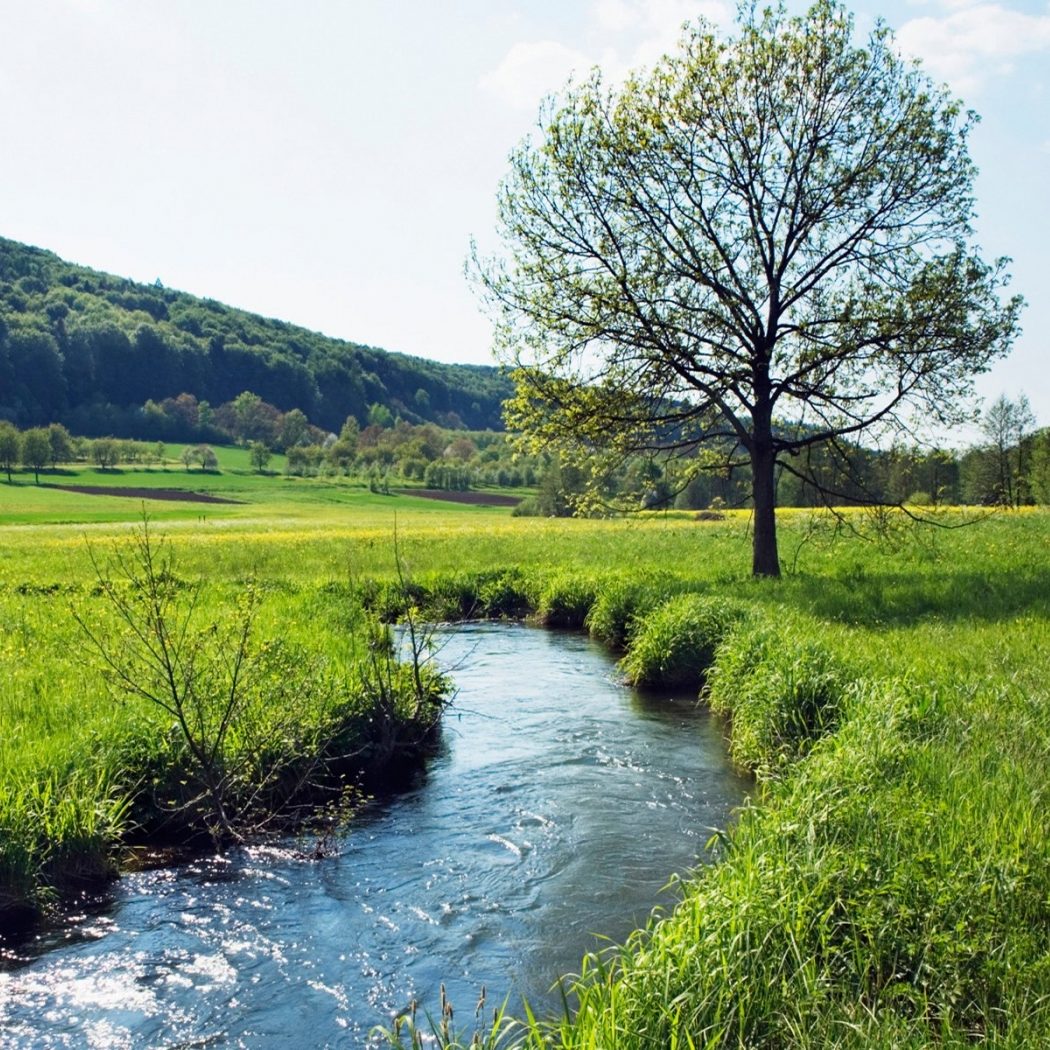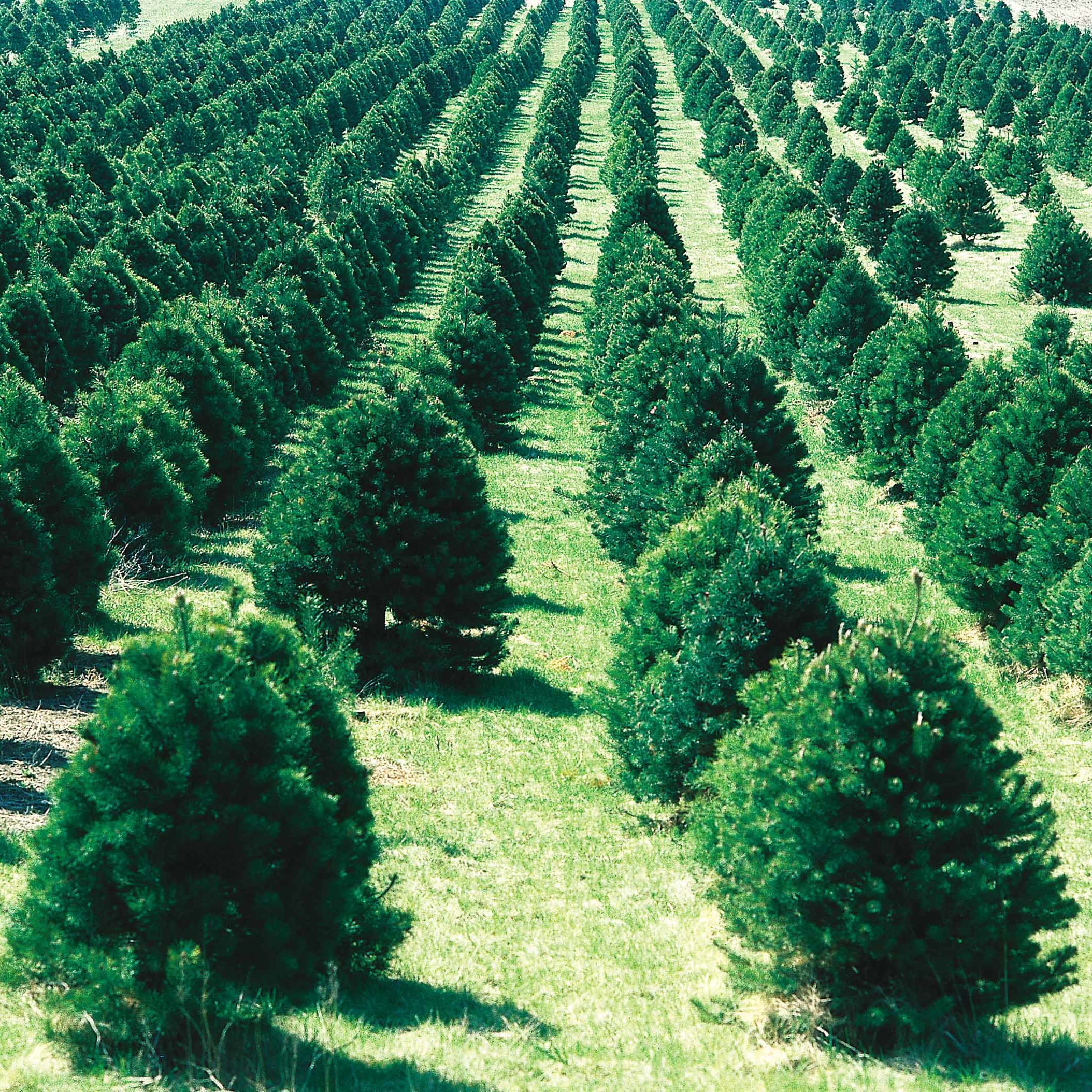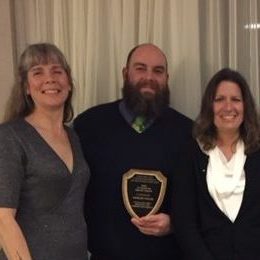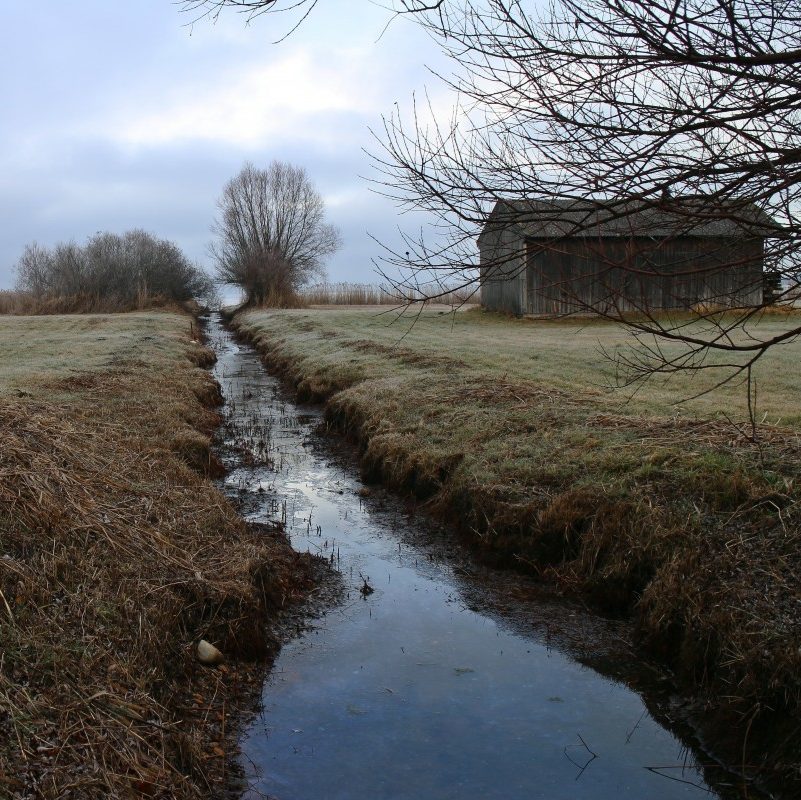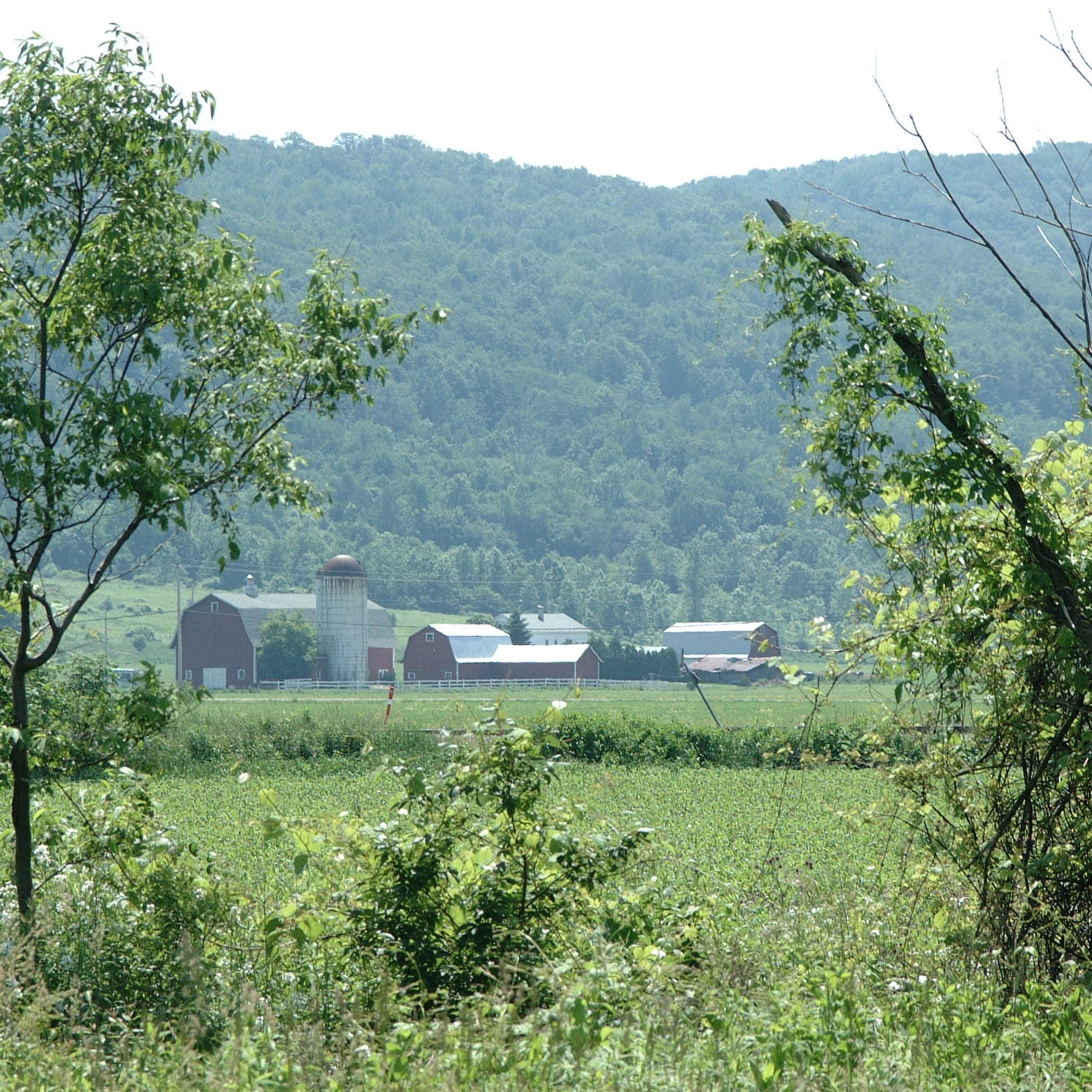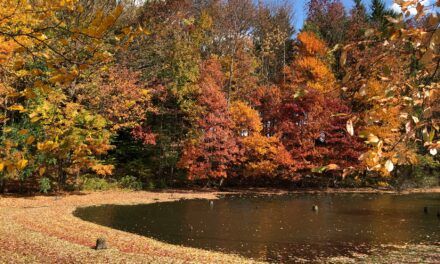What is it? The spotted lanternfly (Lycorma delicatula) is a large insect that originates from Asia. The insect is about an inch long in length. It has long pink-grey wings with black spots. Their eggs begin hatching in June, and adults are active until about October. Young spotted lanternflies have no wings and are brightly colored, ranging from black with white spots to bright red with white spots.
Why should I care? This is a threat because it is known to feed on up to 70 different plant species. This includes plants that are vital to the economy of the Finger Lakes and Central New York such as grapes, apple trees, and hops. This insect is also known to feed on many of New York’s native tree species, including maples and walnuts. The potential negative impact on our agricultural industry could be hundreds of millions of dollars.
Where will it be? This insect can be found in several different environments, ranging from forests to farm fields and even to cities.
What do I look for? Egg masses can be laid anywhere, but it is most important to look on tree bark and on tires. After feeding, the spotted lanternfly will leave behind a clear, sticky substance at the base of the tree. Dark black streaks will also appear on the tree bark. In addition to this, it is also important to look at the health of the trees. If there is any decline in foliage or overall health, this might be an indicator of this insect.
What can I do? Preventing the spread of this insect is critical. To do so, it is important to check for signs of egg masses on trees or on motor vehicles. If this species is already established in an area, pesticides can be used. If you think you have found one, please send a picture via email to spottedlanternfly@agriculture.ny.gov or reach out to Cortland County SWCD for more assistance, either through email amanda.barber@cortlandswcd.org or through phone call 607-756-5991.


